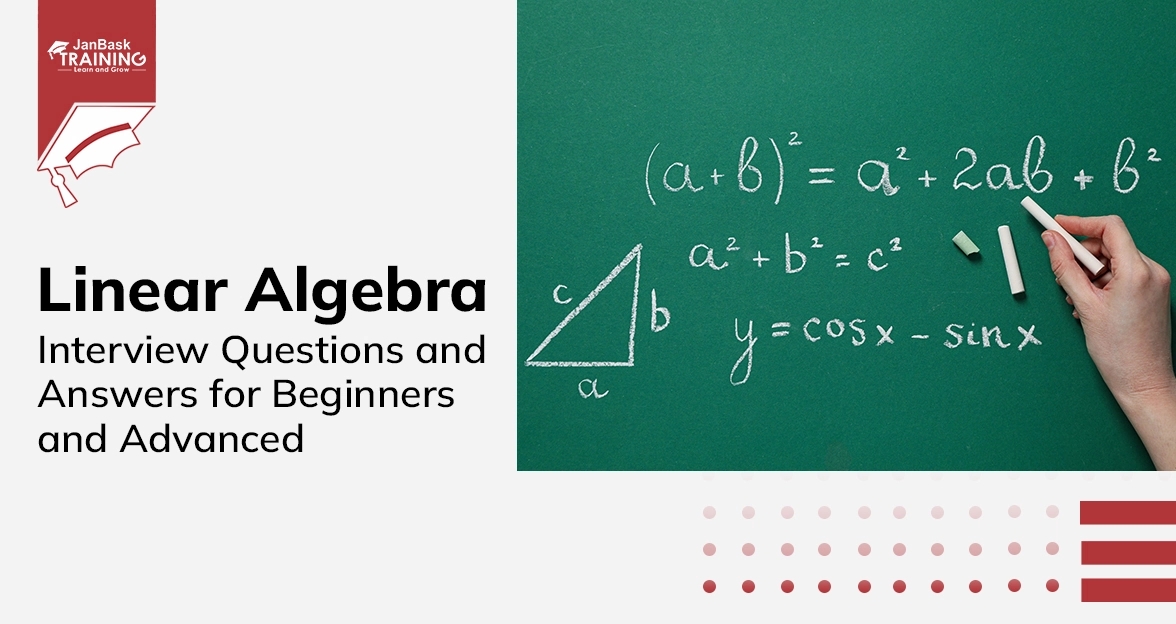 Grab Deal : Upto 30% off on live classes + 2 free self-paced courses - SCHEDULE CALL
Grab Deal : Upto 30% off on live classes + 2 free self-paced courses - SCHEDULE CALL

 Grab Deal : Upto 30% off on live classes + 2 free self-paced courses - SCHEDULE CALL
Grab Deal : Upto 30% off on live classes + 2 free self-paced courses - SCHEDULE CALL

Here, in this post, we are going to discuss top questions for R programming language. We have divided the questions into two categories one is for fresher and other for experienced one. As R is one of the most popular programming languages for Big Data professionals. There is a huge requirement of R programmers in the market and this article covers the concepts and usually asked interview questions to R programmers by the interviewers.
R programming language is used for data analysis and to develop statistical software. R programming language is also used for machine learning purpose and applications.
While writing R command you should start the line with #, like the commands are written as #division.
The user can combine the result of data, code, and analysis in a single document and the processed data can be used by the users to perform reproducible research. In this way, the user can verify the result and engage in many discussions. Through such reproducible research, the experiments can be done easily and applied to different problems.
There are two data structures in R programming one is Homogeneous and other is Heterogeneous. When the same type of objects is to be used then homogeneous data structures are used as for Vectors, Array and Matrix. Even for different object types, we can use Heterogeneous data structures like to store data frames and lists.
a<-4
f <- function (b)
{
a<- 3
a^3 + g (b)
}
g<-function (b)
{a*b}
Here in the above function, value 2 will be passed to the function, which is for variable “b” and value of variable “a” will be is defined in function f(b) is 3. So, the output of the above program will be 3^3+g(2). In the above code, the value of function g is global and it takes value 4 rather than 3 and will return the value 2*4 -8 to the function f. Here, the effective result will be 3^3+8=35
The following syntax can be used to create a table in R language:
NewTable=data.frame()
Edit(NewTable)
Through above code a new Excel Spreadsheet so that you can enter the values in NewTable. In this way, a new table can be created.
Following table enlist the comparison for R and Python languages:
|
Programming Language R |
Programming Language Python |
| Model Building like Python | R Like Model Building |
| Interoperability of Model is good | Interoperability is not good |
| Production not like Python | Better production than R |
| Good Community Support for Python | Not Better Community Support than R |
| Similar Data Science library as for Python | Similar Libraries as R for Data Science |
| Good data visualization tools and libraries | Not better data visualization than R |
| The steep learning curve of R | Easier learning curve than R |
The user can import data in R language. R commander GUI is used to type the commands, also known as Rcmdr, which is like a console.
In following three ways we can import data into R:
T.tests() is a function which is used to determine the means of two groups and to check their equality.
R programming has following disadvantages:
These are two functions of R language that are used for the following purposes:
Missing values can be represented by NA in R programming, it should be written in capital letters.
R programming language has following advantages:
To add two datasets there is two functions rbind() function, through which we can add the column values of two data sets.
The syntax is as follows:
Syntax: rbind(x1,x2,----) where x1, x2: vector, matrix, data frames
The two popular and most R functions are required () and library(). These are two different functions which have following properties:
| Require() Function | Library() Function |
| The user can use this function inside another function and throws a warning message when a particular package is not found in the language. | Library() function display an error message in case if the package cannot be loaded or not found in R language? |
| It checks loading of a function and a message is displayed stating that the function cannot reload any already loaded function. | Without checking it just reloads the packages whether it is loaded or not. |
In case of the 32-bit system the memory limit is 3GB while in case of the 64-bit system the limit is 8Tb.
In R there are mainly following 5 types of the algorithm:
To store an object in a file we can use Save command and the syntax for this is as:
Syntax: > save(z,file=”z.Rdata”)
While to restore R object we can use the following command:
Syntax:> load(“z.Rdata”)
Through vcd package, we can visualize multivariate categorical data. Lattice package is used to improve R graphics and better defaults are given to the package. We can display multivariate relationship.
These functions are used for the following purposes:
We can use above functions for the following tasks:
The functions are used for following purposes:
Full form of MANOA is a multivariant analysis of variance. Through this function, we can test more than one dependent variable. We can check them simultaneously.
Above listed functions have following functionalities:
Above regressions are used for following functionalities:

Statistics Interview Question and Answers


Data Warehouse Interview Question And Answers in 2024

Cyber Security

QA

Salesforce

Business Analyst

MS SQL Server

Data Science

DevOps

Hadoop

Python

Artificial Intelligence

Machine Learning

Tableau
Download Syllabus
Get Complete Course Syllabus
Enroll For Demo Class
It will take less than a minute
Tutorials
Interviews
You must be logged in to post a comment